Cole Block Party
Right before Easter Sunday, TGF was lucky to be invited to a community cook out in the Cole Neighborhood. Excited, screaming kiddos got their faces painted, played yard games and …
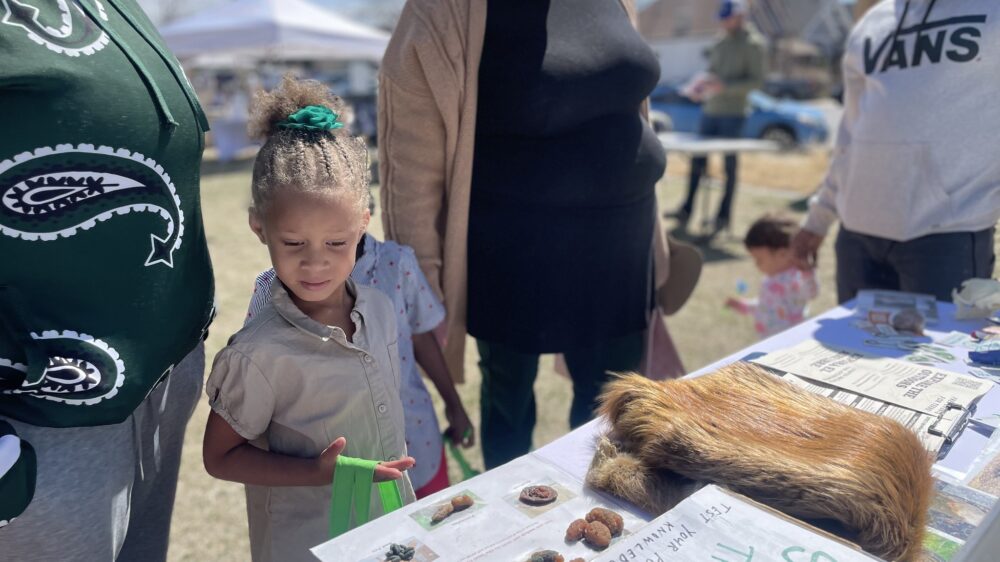
Right before Easter Sunday, TGF was lucky to be invited to a community cook out in the Cole Neighborhood. Excited, screaming kiddos got their faces painted, played yard games and …
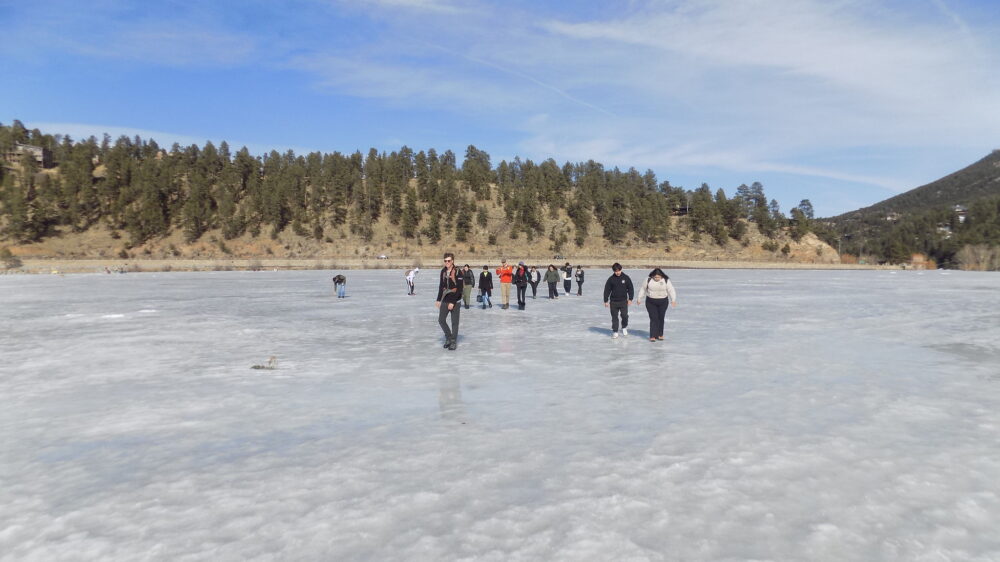
Near the end of February, with the close of winter quickly approaching, GLC gathered an adventurous bunch of explorers to head on up to the mountains for a hike on …
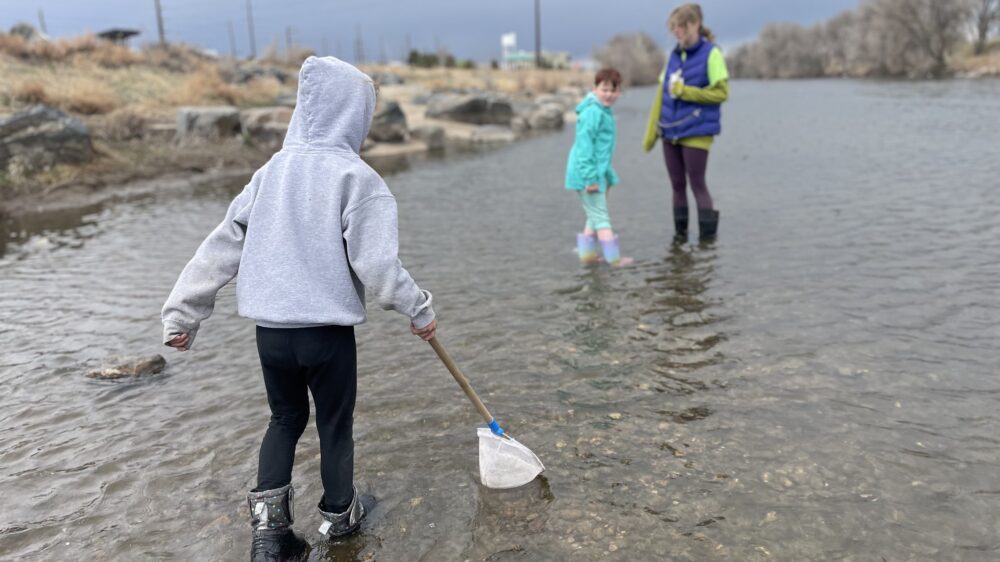
Though few in number we had a mighty good time at SPREE Spring Break Camp this spring. While we dug deep into the “Cycles That Surround Us,” we spent time …
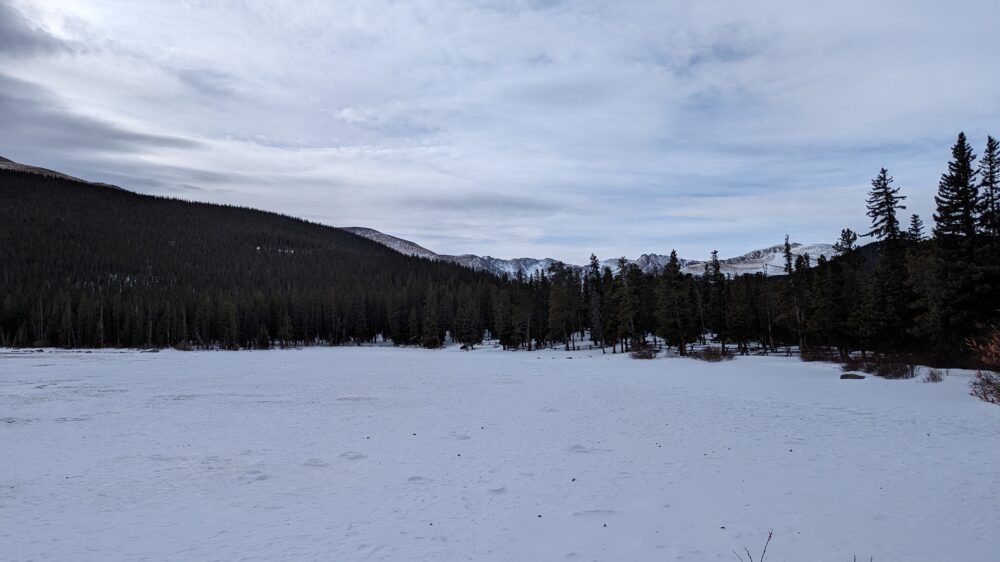
After a long week of cold weather we got extremely lucky for our snowshoeing event this past weekend. We went up to Echo lake, where we learned all about the …
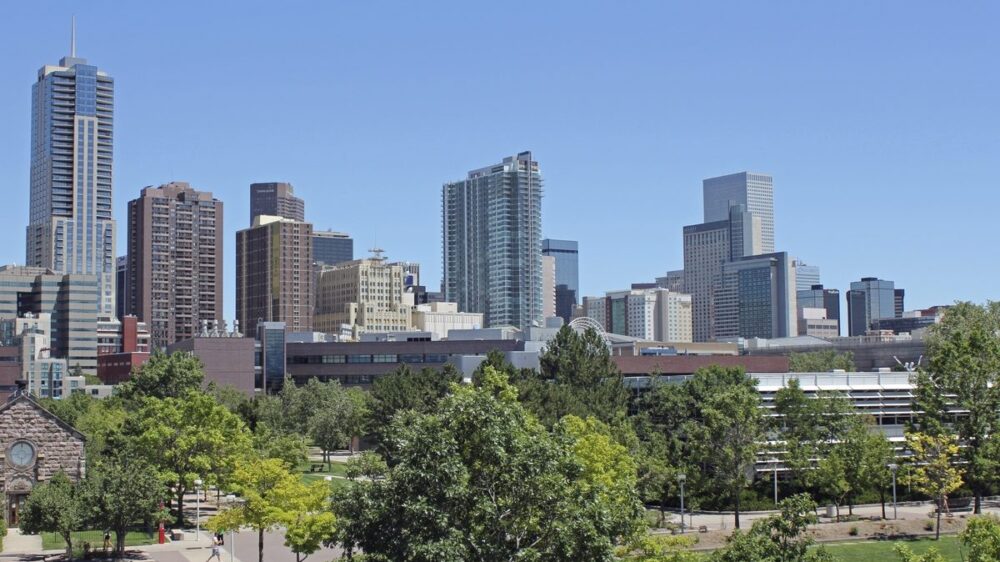
Green infrastructure is an urban development practice used to help mitigate some of the climatic challenges associated with living in densely populated areas like cities. These practices are rooted in …
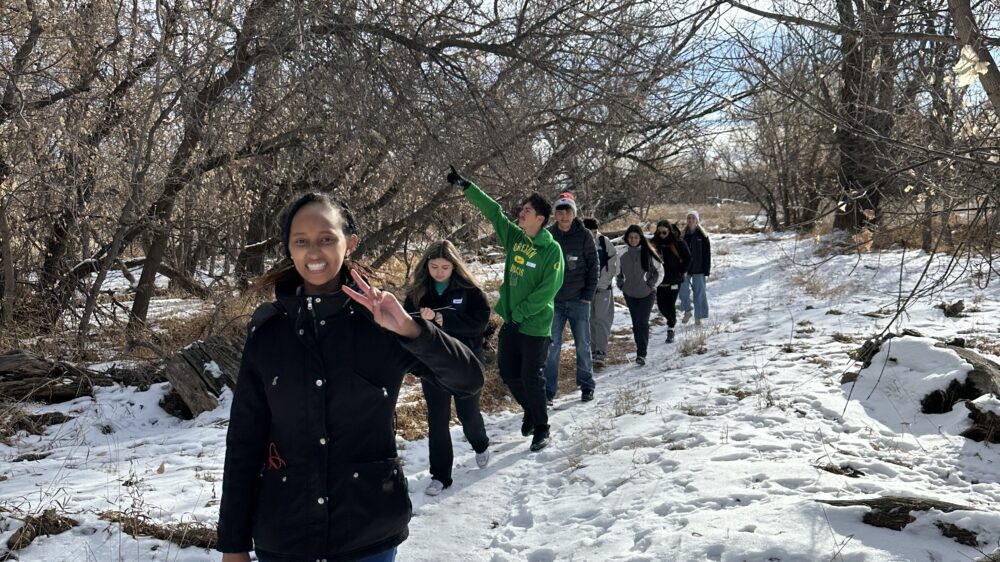
In December The Greenway Leadership Corps headed up to CSU’s Environmental learning Center for our annual visit. During these visits we learn a new skill as well as get an …
This year SPREE is offering 3 unique themes over 6 weeks, featuring exciting guests, engaging activities, and lots of time by the River. Be sure to mark these dates in …
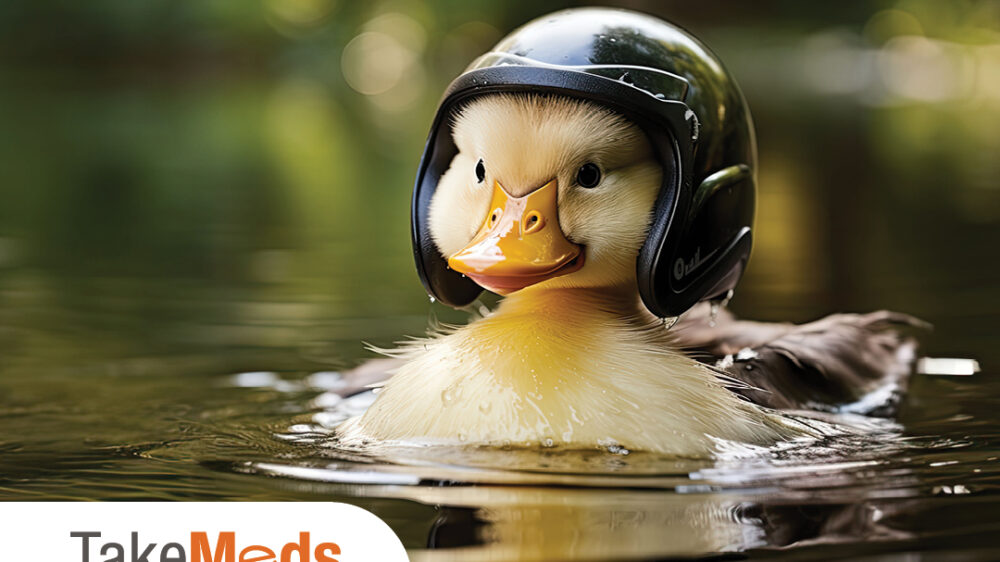
Waste management is a crucial part of mitigating individual impact against climate change – but there’s a lot of different rules, regulations, and changing science for a lot of different …
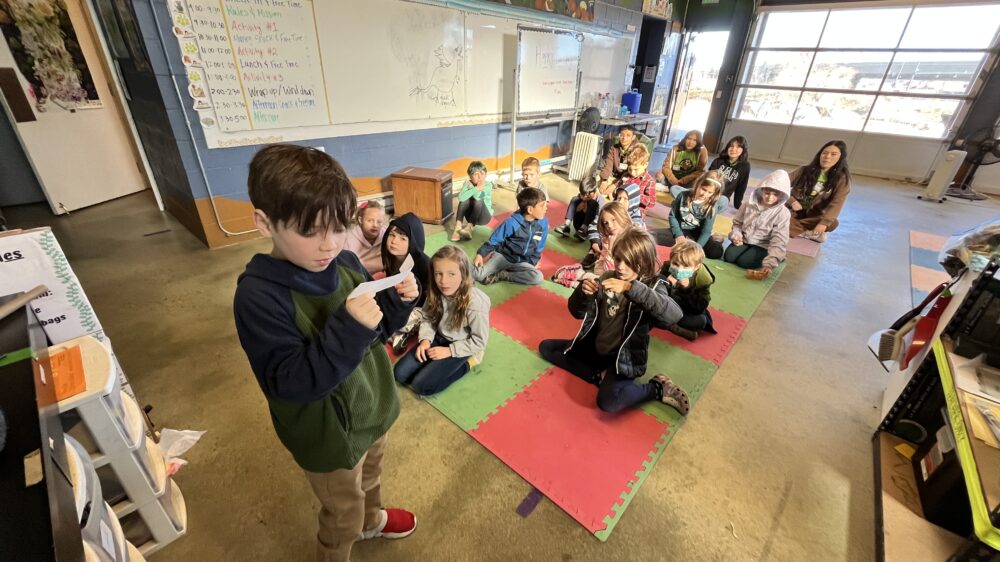
On Monday we braved the weather and learned all about the wildest jobs in nature, from apiests and biologists, to zoologists. We brainstormed how people all around our community can …

November is a time for reflection, remembrance, and respect as we honor NativeAmerican History Month. It’s a time to recognize and celebrate the vibrant culture, history, andcontributions of the indigenous …
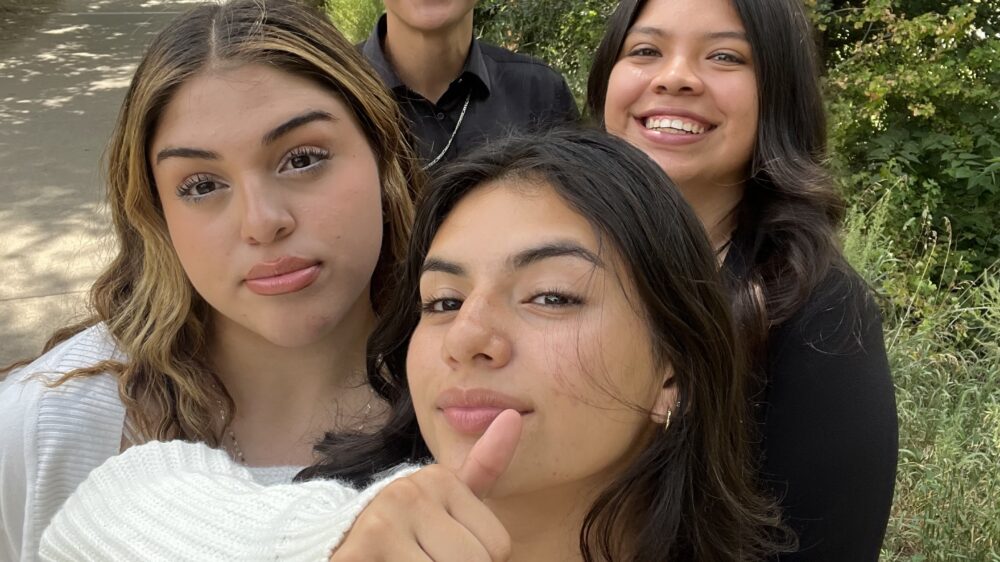
This summer was an absolute blast. We had three river rangers this summer. Uli, Jisela, and Melany. And let me tell you they were the perfect little mix of personalities. …
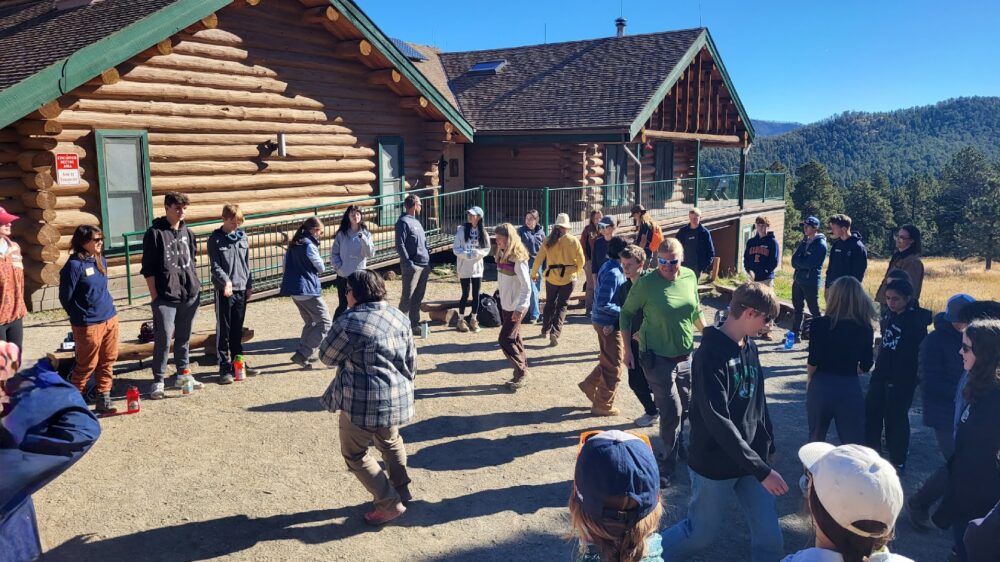
Our October GLC Event was a blast! For the first time in 4 years we were able to stay overnight at the Cal-wood education center. Cal-wood is a beautiful center …
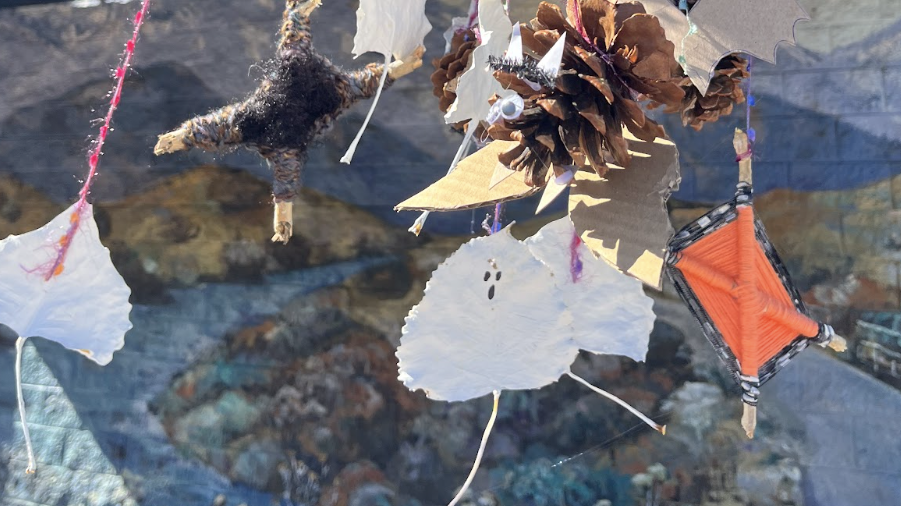
Spooky Season Mobile We made the most adorable Halloween decoration created with recycled and natural materials. It’s super easy to make and also pretty quick. This spooky mobile will spice …
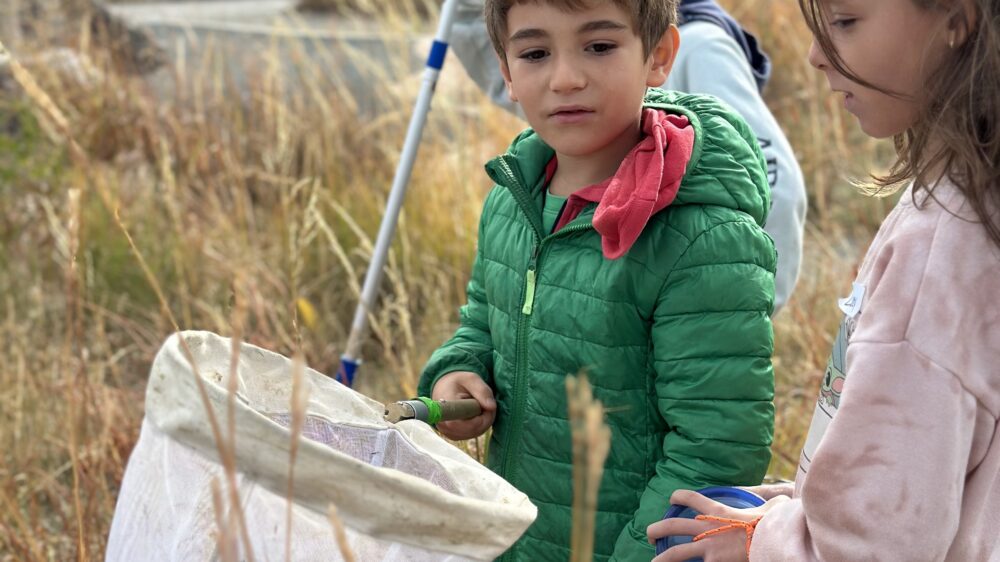
Thursday, No Backbones Required What do insects, spiders, snails, and centipedes have in common? They’ve got no spine! Today we investigated decomposers, predator-prey relationships, and played games that helped us …
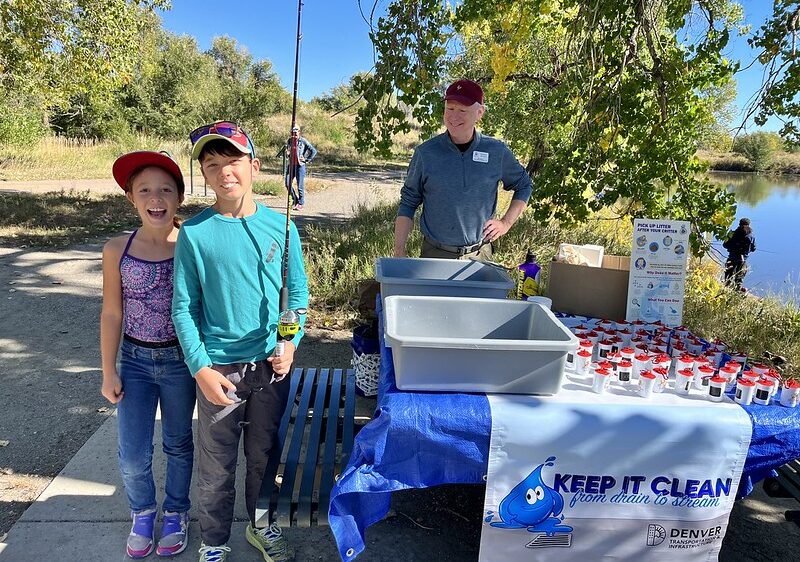
On October 7th, SPREE, along with partners from Environmental Learning for Kids (ELK), and the Denver Department for Transportation and Infrastructure (DOTI), hosted a family-focused fishing event at Overland Pond …
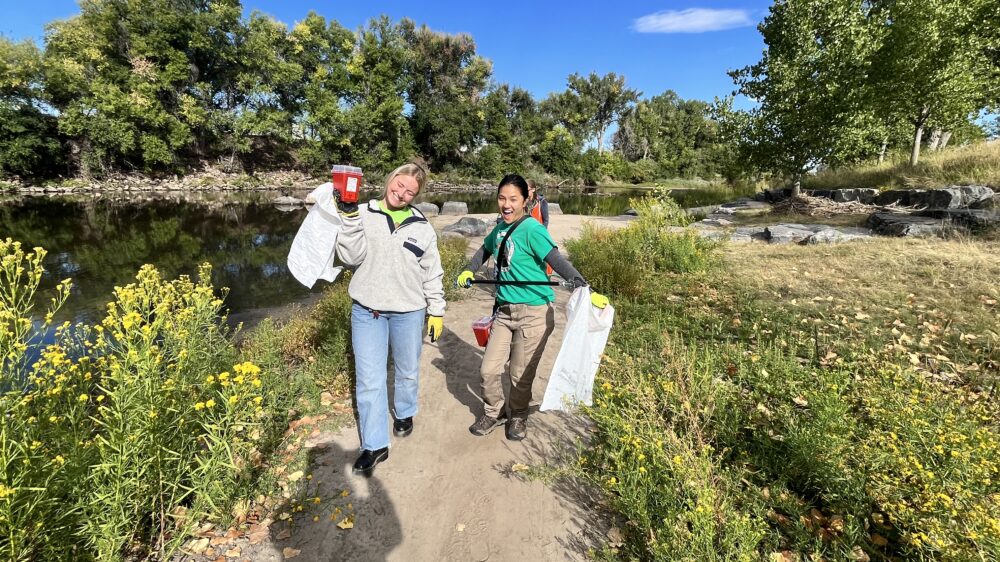
The Greenway Foundation decided to start the fall in the best way – with hosting two trash pick-ups along the river! We invited volunteers from the Denver metro area to …
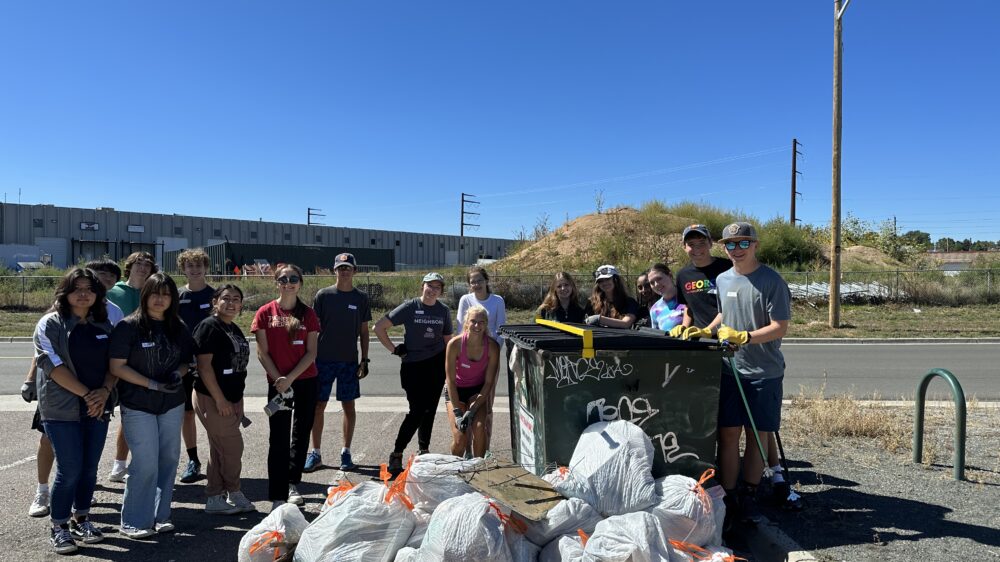
We had an absolute blast at our stewardship day this past Saturday. Who knew picking up trash could be so fun! We started the day getting to know each other …
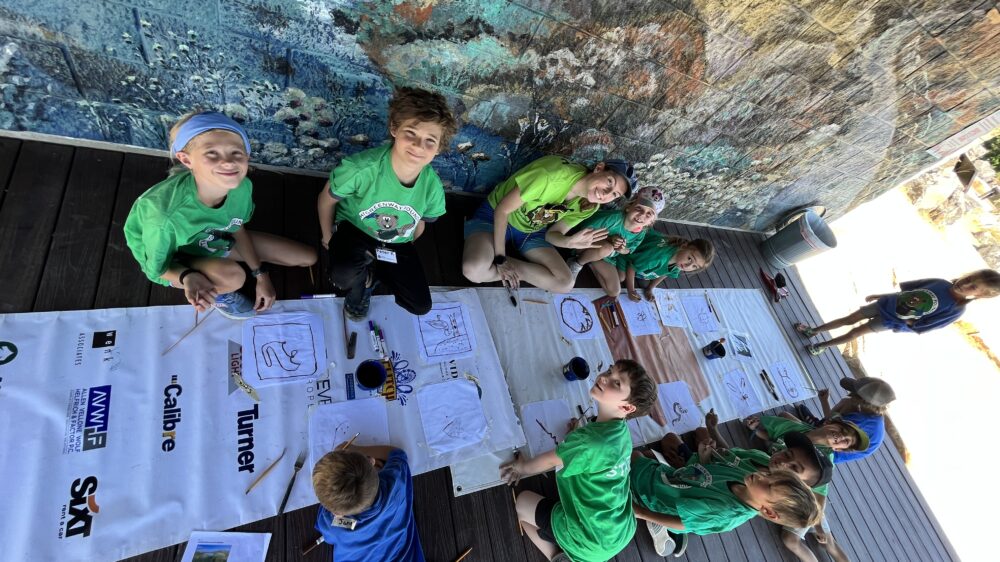
We started the last Monday of summer camp with some calming yoga in nature, we took account of our surroundings and searched for things to bring us inspiration. Then we …
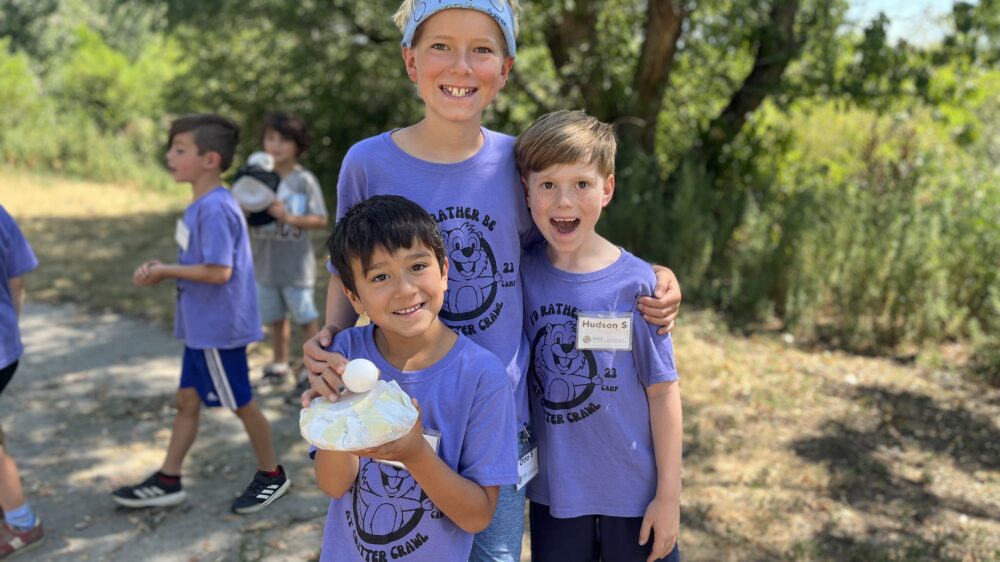
Science, Technology, Engineering, Arts, and Math will be what camp is all about this week. We did experiments, learned how winged animals fly, and discovered art in Nature. We kicked …
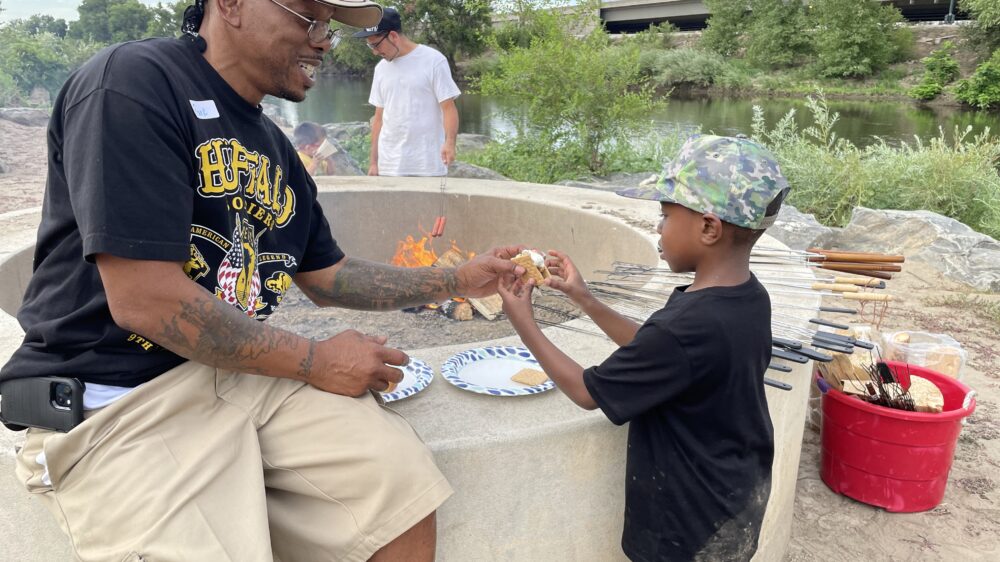
Families from the Westwood and Cole neighborhoods in Denver came out to SPREE HQ on Saturday for an evening cookout next to the South Platte River. We had 31 folks …
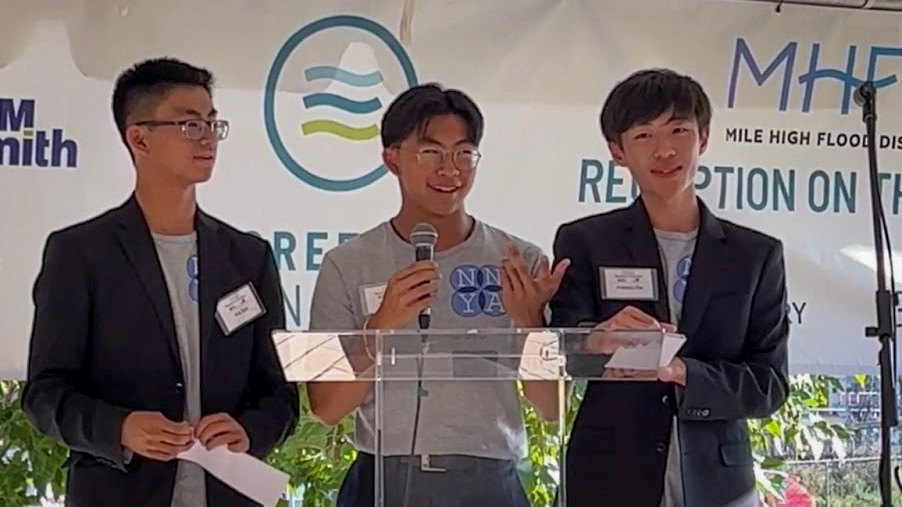
After months of program development, including developing a logo and branding material, website content, and project management guides, the Grassroots Leadership Opportunities (GLO) Ambassadors Program was ready to announce its new partnership with The Greenway Foundation at the annual Reception at the River.
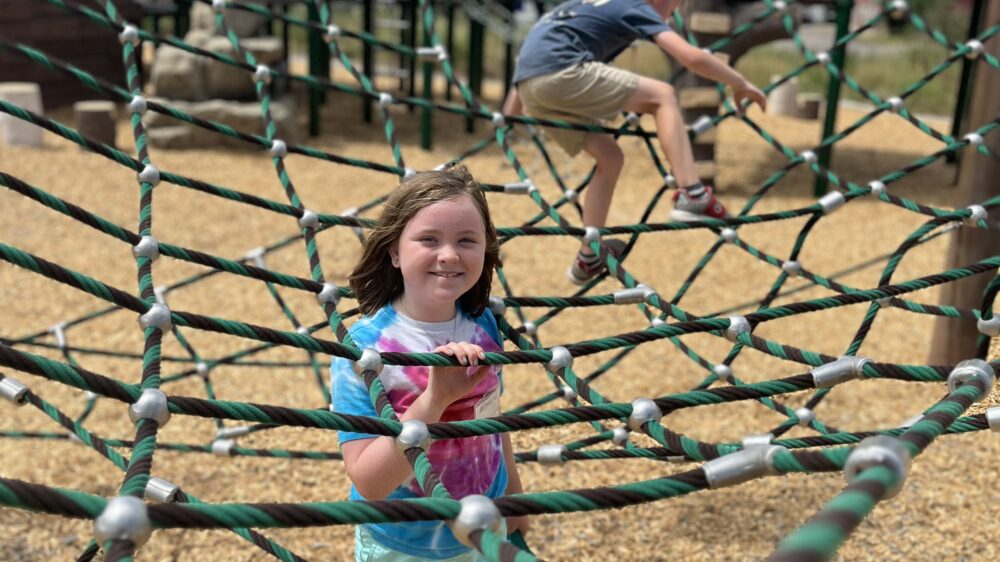
Indiana Jones wasn’t the only one who enjoyed the excitement of an archeological dig! This week we examined fossils and artifacts of the past, and learned all about Colorado’s prehistoric …
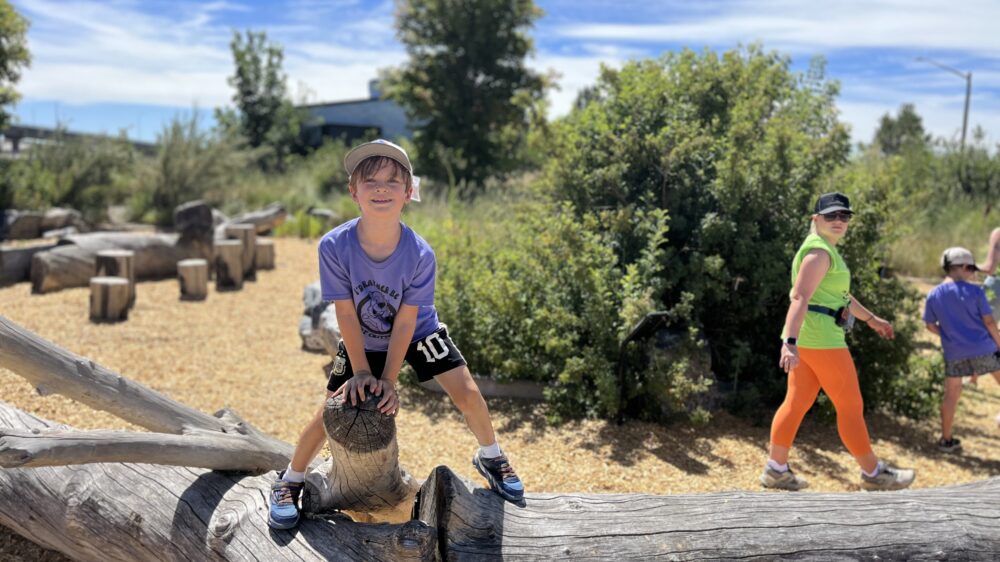
This week we sharpened our senses in this camp on predators and their prey. We discovered who eats whom in our city and learned what adaptations, from stalking to ambushing, …
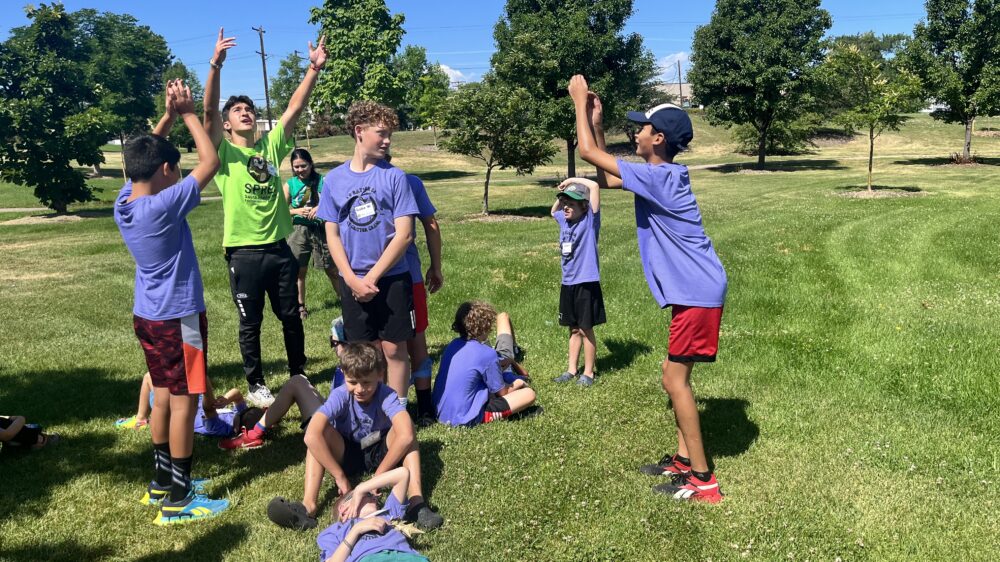
This week we discovered the wonderful world around us from the perspective of a plant and explored how different plants support our South Platte River ecosystem. We learned how plants, …
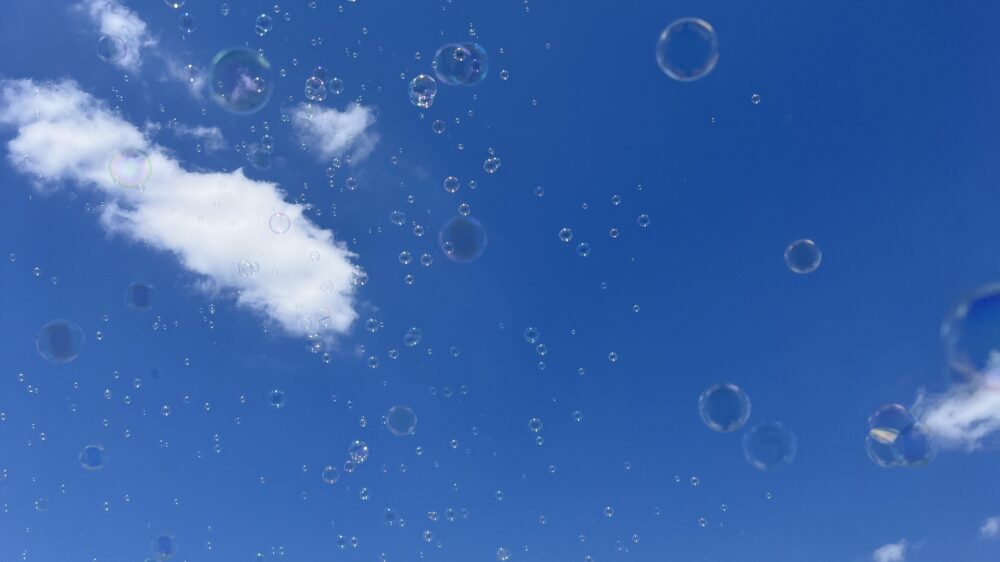
Nature is full of wonder, beauty, and unbelievably extreme animals! This week we learned about the smartest, fastest, and deadliest animals in Colorado and why they have evolved such special …
